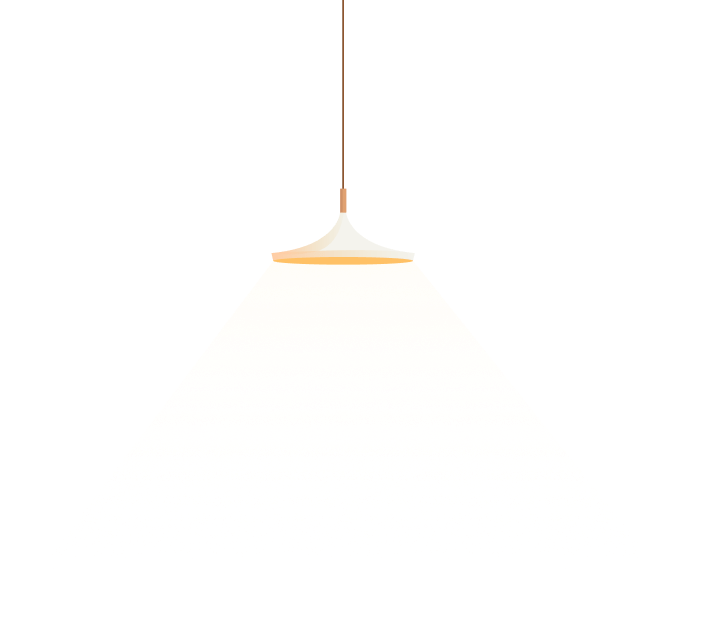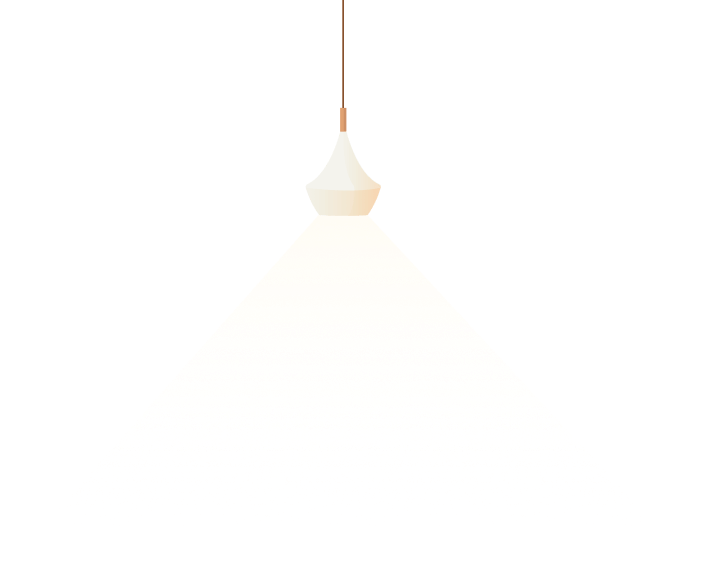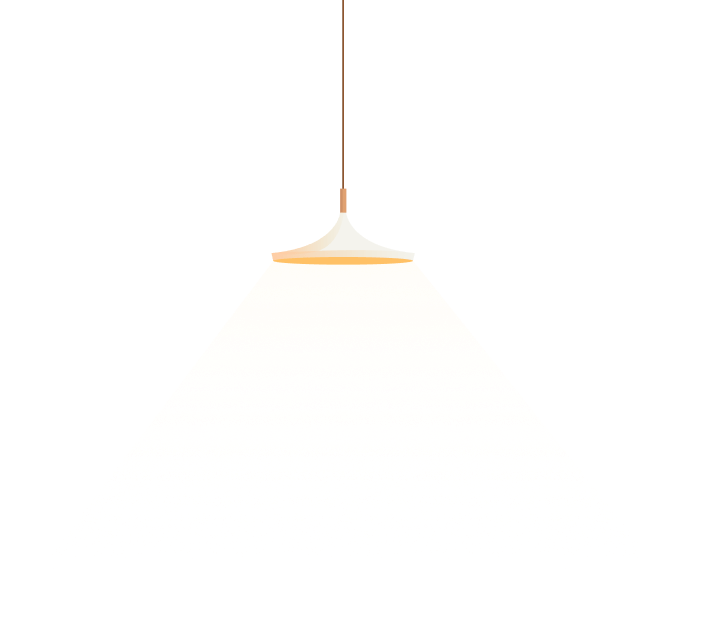Satellite Image Of Washington Dc
Satellite Image Of Washington Dc
Washington D.C. is a city that has it all. From historic landmarks and world-renowned museums to vibrant neighborhoods and delicious cuisine, there’s something for everyone in the nation’s capital. But have you ever wondered what Washington D.C. looks like from above? With the use of satellite technology, we can see the city in a whole new way and explore its many wonders from a different perspective.
While Washington D.C. is a beautiful and exciting city to visit, navigating its busy streets and crowded attractions can be overwhelming. However, with the help of satellite imagery, visitors can get a better understanding of the layout of the city and plan their itinerary accordingly. Additionally, the use of satellite technology can highlight the city’s environmental impact and show the effects of urbanization on the surrounding area.
If you’re planning a trip to Washington D.C., there are several must-see attractions that you won’t want to miss. From the iconic National Mall and the Smithsonian Museums to the historic Georgetown neighborhood and the stunning cherry blossoms in the spring, there’s something for everyone in this diverse and exciting city.
In summary, the satellite image of Washington D.C. provides a unique perspective on the city and can aid in trip planning and understanding its impact on the environment. With its many attractions and vibrant culture, Washington D.C. is a destination that should be on everyone’s travel bucket list.
Exploring the City from Above
Looking at Washington D.C. from above can be a transformative experience. The city’s grid-like layout, wide avenues, and iconic landmarks are all visible from a new perspective. One of the most impressive sights is the National Mall, which stretches for over two miles and is home to some of the city’s most famous monuments and museums. From above, the Mall looks like a green oasis in the midst of the bustling city.
The Environmental Impact of Urbanization
As one of the most densely populated cities in the United States, Washington D.C. has a significant impact on the environment. With the use of satellite technology, we can see the effects of urbanization on the surrounding area, including increased land use, air pollution, and reduced green space. However, the city has also taken steps to mitigate these impacts, including the creation of green roofs, bike lanes, and public transportation initiatives.
Exploring the City’s Neighborhoods
Washington D.C. is a city of neighborhoods, each with its own unique character and charm. One of the most popular neighborhoods is Georgetown, known for its historic architecture, trendy shops, and waterfront views. Another must-see neighborhood is Dupont Circle, home to some of the city’s best restaurants, art galleries, and nightlife.
The Iconic Monuments and Museums
Washington D.C. is home to some of the most famous monuments and museums in the world. From the Lincoln Memorial and the Washington Monument to the Smithsonian Museums and the National Gallery of Art, there’s something for every interest and age group. Additionally, many of these attractions are free and accessible to all visitors.
Planning Your Trip to Washington D.C.
When planning a trip to Washington D.C., it’s important to consider factors such as time of year, budget, and interests. The city can be overwhelming, so it’s best to prioritize your must-see attractions and plan accordingly. Additionally, consider using public transportation or a bike rental to get around the city and avoid traffic and parking fees.
Where to Stay in Washington D.C.
Washington D.C. has a wide range of accommodations to suit every budget and preference. From luxury hotels and boutique bed and breakfasts to budget-friendly hostels and vacation rentals, there’s something for every type of traveler. Consider staying in a neighborhood outside of the city center for a more local experience, or opt for a hotel with a rooftop bar for stunning views of the city.
FAQs
What is the best time of year to visit Washington D.C.?
The best time of year to visit Washington D.C. is in the spring or fall when the weather is mild and the crowds are smaller. Additionally, the cherry blossoms in the spring are a must-see attraction.
What are some free things to do in Washington D.C.?
Washington D.C. has many free attractions, including the Smithsonian Museums, the National Zoo, and the National Mall. Additionally, many of the monuments and memorials are free and accessible to all visitors.
What is the best way to get around Washington D.C.?
The best way to get around Washington D.C. is by using public transportation, including the metro and bus systems. Additionally, bike rentals and walking are great options for exploring the city’s neighborhoods and attractions.
What is the food scene like in Washington D.C.?
Washington D.C. has a vibrant food scene, with many international cuisines and trendy restaurants. Additionally, the city is known for its local specialties, including Maryland crab cakes and half-smoke sausages.
Conclusion
Washington D.C. is a city that has something for everyone, from historic landmarks and world-renowned museums to vibrant neighborhoods and delicious cuisine. With the use of satellite imagery, visitors can explore the city from a unique perspective and gain a better understanding of its impact on the environment. Whether you’re planning your first trip or your tenth, Washington D.C. is a destination that should be on everyone’s travel bucket list.





